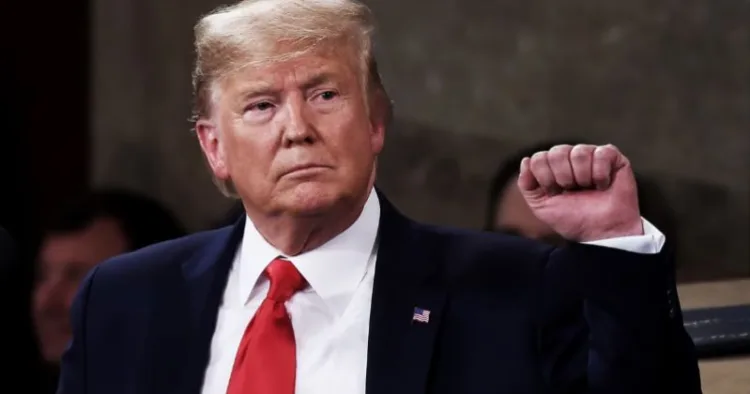In a bold policy proposal, U.S. President-elect Donald Trump announced on Friday (December 13) that the Republican Party would “use its best efforts” to abolish daylight saving time (DST), a system he described as both “inconvenient and very costly to our nation.” The announcement, made via social media, reignites a longstanding debate over the twice-annual clock changes that have been in place across most of the United States since the 1960s.
“The Republican Party will use its best efforts to eliminate Daylight Saving Time, which has a small but strong constituency, but shouldn’t!” Trump wrote on X, formerly known as Twitter. “Daylight Saving Time is inconvenient, and very costly to our Nation.”
The History of Daylight Saving Time in the U.S.
Daylight saving time—a practice that involves moving clocks forward by one hour during the summer months to capitalise on longer evenings—has a complex history in the United States. First introduced during World War I and later implemented permanently during World War II, DST was adopted nationwide in the 1960s as a means of conserving energy. However, its benefits and drawbacks have remained a subject of debate for decades.
The U.S. Senate made a significant move in March 2022 by unanimously voting to make daylight saving time permanent. Yet, the initiative stalled in the House of Representatives due to a lack of consensus. A renewed bipartisan push to establish year-round daylight saving time emerged earlier this year, but Congress has yet to hold new hearings on the issue.
The Debate Over Daylight Saving Time
The proposal to eliminate DST or modify its implementation has divided lawmakers and citizens alike. Advocates for permanent daylight saving time argue that it would lead to brighter afternoons and evenings, potentially boosting economic activity during the winter months. On the other hand, critics warn that darker mornings could endanger schoolchildren walking to school and disrupt natural circadian rhythms.
Conversely, proponents of abolishing DST altogether contend that the biannual clock changes lead to sleep disturbances and health issues, including an increased risk of heart attacks and workplace accidents. Some states have taken matters into their own hands; since 2015, nearly 30 states have introduced or passed legislation to end the practice, though many require neighbouring states to adopt similar measures before implementing changes.
Challenges Ahead
While President-elect Trump’s declaration has brought renewed attention to the issue, the path to legislative change remains uncertain. Congress has not addressed the topic substantively in over two years, and any proposal would need to pass both chambers and receive the president’s approval. Trump’s criticism of DST stands in contrast to outgoing President Joe Biden, who has refrained from taking a public position on the matter.
Historical Attempts at Change
The concept of permanent daylight saving time is not without precedent. During the 1973 oil embargo, the U.S. implemented year-round DST in an effort to conserve energy. However, the policy was met with widespread public dissatisfaction due to dark winter mornings and was repealed within a year.
Trump’s Vision
By framing DST as a financial and logistical burden, Trump has positioned its elimination as a priority for the Republican Party. His remarks on the matter suggest a desire to address the “small but strong constituency” that continues to support the practice. However, with deep divisions in public opinion and among lawmakers, achieving a resolution on the issue may prove challenging.
“Daylight Saving Time is inconvenient, and very costly to our Nation,” Trump reiterated on X. Whether this renewed focus will lead to concrete legislative action remains to be seen, but it has undeniably rekindled a debate that has long polarised Americans.











![A Representative image [ANI Photo]](https://organiser.org/wp-content/uploads/2025/12/representative-image-e1765612818961-120x70.webp)







Comments